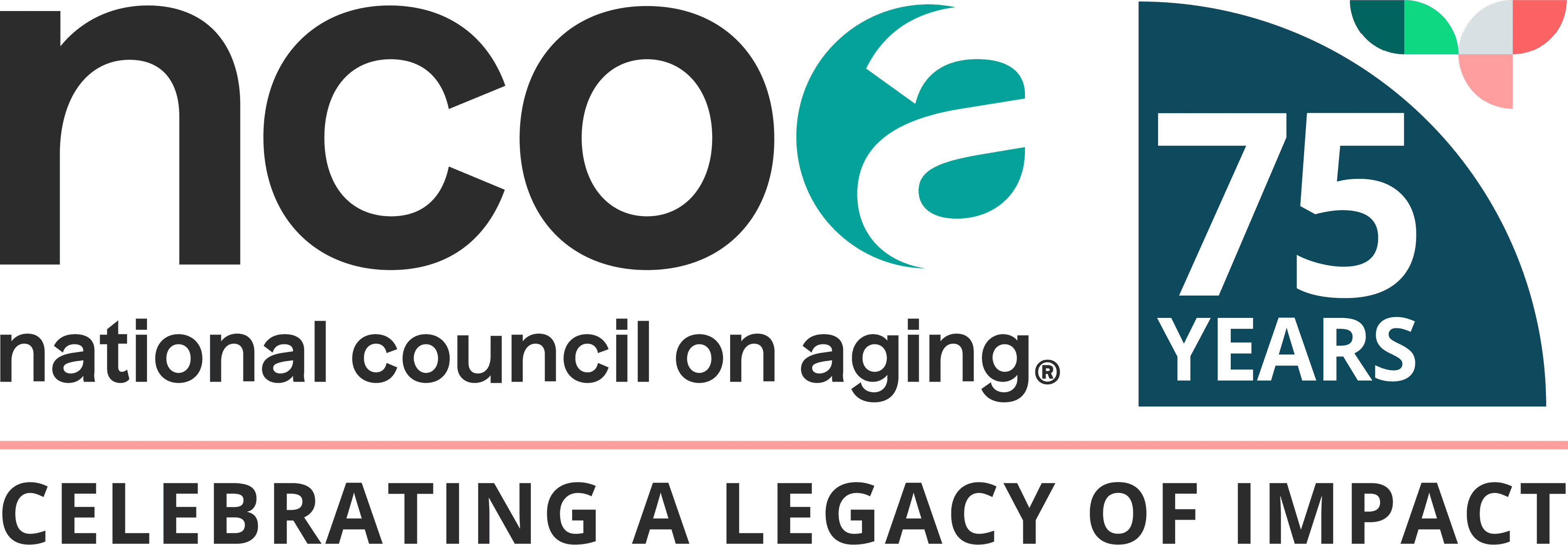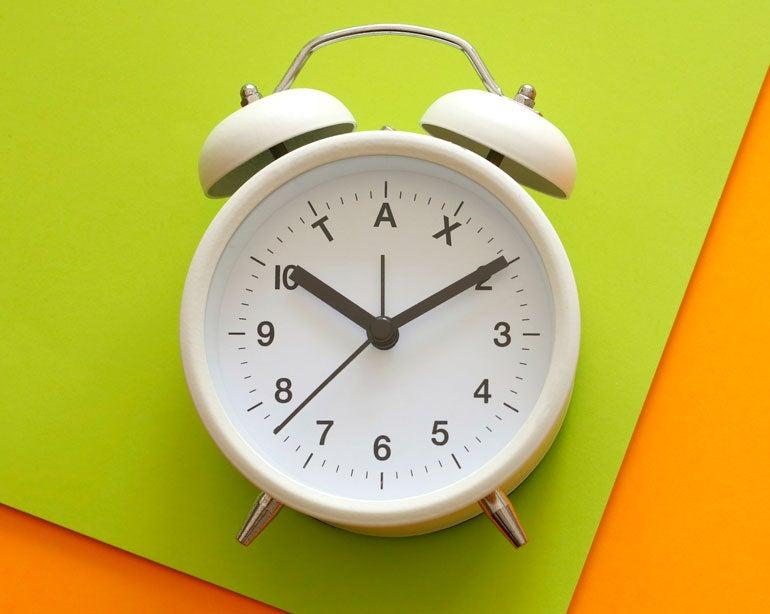
Related Topics
It’s that time of year: time to prepare and file your taxes. It’s a task few of us look forward to or enjoy. And—to borrow a phrase—good help can be expensive to find.
Right now, when budgets are especially tight, hiring a tax expert is a luxury many people can’t afford. According to a recent survey conducted by the National Society of Accountants, you can expect to pay an average of $279 for a certified professional to prepare a simple federal 1040 and state return.1 If you itemize, that fee rises more than $100, to $392. Additional forms—such as those for self-employment income, estate and gift taxes, and even to file an extension—incur additional costs that can add up quickly.
Tax preparation software offers an attractive alternative, but there are caveats. You must have access to a desktop or mobile device with reliable internet service. You should be comfortable navigating the technology. You will need to pay for the software itself (with certain exceptions; more on this below). And in some instances, you also will pay fees to submit your federal and state returns through the software.
That’s why it’s helpful to know about several budget-friendly resources available for eligible taxpayers.
These include:
- Paper forms
- IRS Direct File
- IRS Free File
- MilTax Program
- And more
Continue reading to learn who qualifies for free tax filing programs; where to find volunteers who provide income tax assistance at no charge; and other ways that older adults, military members and veterans, and people who live with disabilities or low incomes can get free help with their tax returns.
Free IRS tax help: where to find it and how it works
Some tax filing options are free for anyone. Others have specific income thresholds or other requirements. Take a look to see which program(s) best match your needs and circumstances.
Paper forms
If you’re comfortable following IRS instructions—and are able to work with smaller print and a pen or pencil—you can use hard-copy tax forms to file your return for free. Some public libraries and senior centers offer these forms; if yours doesn’t, you can:
- Call the IRS at (800) TAX-FORM (800-829-3676) to request them by mail
- Access fillable PDF versions (or download and print them)
- Visit your local Taxpayer Assistance Center (use the office locator to find yours)
The IRS also provides detailed guidance for completing your tax forms. Usually, you can get these instructions the same way you get your forms—so be sure to look for them in person, ask for them when you call, or download them here.
For large-print, Braille, and audio versions, visit the Accessible IRS Tax Products page.
IRS Direct File
Currently available in 25 participating states, this free pilot program allows you to do exactly what the name says: complete and file your taxes directly with the IRS. That said, Direct File is only available for people with specific types of income, including:
- Wages (reported on a W-2)
- Social Security (reported on form SSA-1099)
- Unemployment (reported on form 1099-G)
- Earned interest (reported on form 1099-INT)
- Railroad retirement (reported on form 1099-R)
In order to use IRS Direct File, you first need to create a secure online account. You can do this from a desktop computer, mobile device, or tablet. Once you register, you’ll get step-by-step instructions on how to fill out and submit your federal tax forms (while the program does not support state tax filing, it will direct you to a free state tool). You can take advantage of live customer support in English and Spanish, too.
Are you or someone you know eligible for IRS Direct File? Find out more.
IRS Free File
Most people (or households) whose adjusted gross income (AGI) was $84,000 or less in 2024 are eligible for this program. If you haven’t yet calculated your AGI for this year, you can check last year’s return to see if you’re in the ballpark. Look on IRS Form 1040 for the line that says, “this is your adjusted gross income.” It will be near the top of the form.
IRS Free File is available through a partnership with the Free File Alliance—a nationwide nonprofit coalition whose members include leading tax preparation software companies with names you might have heard of. According to the alliance, as many as 70% of American taxpayers qualify for this service.2
Free File is available in all 50 U.S. states. To participate, you pick from among a list of “trusted partners” listed on the site. Because each of these partners sets their own rules for using their software, the IRS includes a side-by-side comparison as well as a tool to help you choose the one that best meets your needs.
Once you’ve selected the software company you want to use, you will create an online account on their site. However—and this is important—you must go through the IRS Free File partner page to do it. Going directly to the company’s web site means you won’t get the free service.
The software will guide you, step-by-step, through your federal tax forms and do the math for you, too. When you’re done, you can e-file (send your return electronically) to the IRS at no cost. Some—though not all—Free File partners also include free state returns. You can check this using the comparison tool.
And one final note: If your AGI is more than $84,000 in 2024, you still are able to file your taxes using the program’s free fillable forms option. In this scenario, you (or someone who’s helping you with your taxes) will do all the work; but you won’t pay anything to submit your return once it’s done.
Ready? Learn more and get started with IRS Free File.
MilTax
This service is available for current and recently retired military members and their families. Certain eligibility requirements apply.
If you qualify, MilTax helps you prepare and file your federal and state returns using free, guided software tailored to the specific circumstances of military life. You also can consult tax professionals directly over the phone or online for no cost; or, you can visit with someone in-person at a Volunteer Income Tax Assistance (VITA) location near you. (More on this below).
Volunteer Income Tax Assistance (VITA)
Funded through IRS grants—and offered in partnership with IRS-certified volunteers—this program offers free tax preparation advice and services to eligible people, including those who:
- Earn $67,000 or less
- Live with a disability
- Need English translation assistance
- Qualify for MilTax (see above)
Most often, VITA professionals set up shop in community-based locations including senior centers, libraries, schools, and even kiosks and storefronts in the mall. They are available between January and the April filing deadline.
To find a location near you and learn what you need to bring, use the online VITA program locator or call 800-906-9887.
Tax Counseling for the Elderly (TCE)
Similar to VITA, the IRS partners with highly qualified volunteers to provide no-cost tax advice, preparation, and filing services. In particular, TCE professionals have specific expertise in retirement- and pension-related tax situations. Adults age 60 and older with low-to-moderate incomes can participate in the TCE program (though some sites will serve people under age 60, too.)
Volunteers and locations often are co-located with the VITA program. Use the online TCE program locator or call 800-906-9887 to fine one nearest you.
Sources
1. National Society of Accountants. 2023 Income & Fees Response Data: Complete Report. Found on the internet at https://static1.squarespace.com/static/5a64de42bff200b621e22a56/t/6759ec054bfc394b84dcae77/1733946373968/2023+Complete+Income+and+Fees+Report.pdf
2. Free File Alliance. About Free File. Found on the internet at https://freefilealliance.org/




